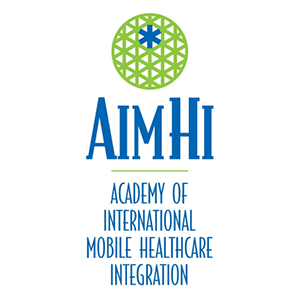Paramedic Chiefs of Canada – Burden of Command: Leading Others at the Expense of Yourselves
The session features research highlights as they pertain to the psychological health and well-being of paramedic leaders in Canada, and a showcasing of the results from a recent pilot study with paramedic leaders in Eastern Ontario. Planned activities throughout the session are intended to promote the generation of ideas, the sharing of information.



